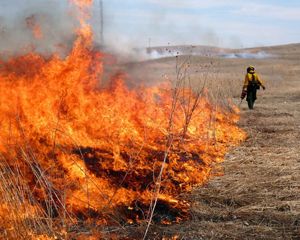Why we need good fire in the Northwoods
Prescribed fire can help us regain control over when and how Minnesota’s forests burn, protecting communities and creating a healthier forest.
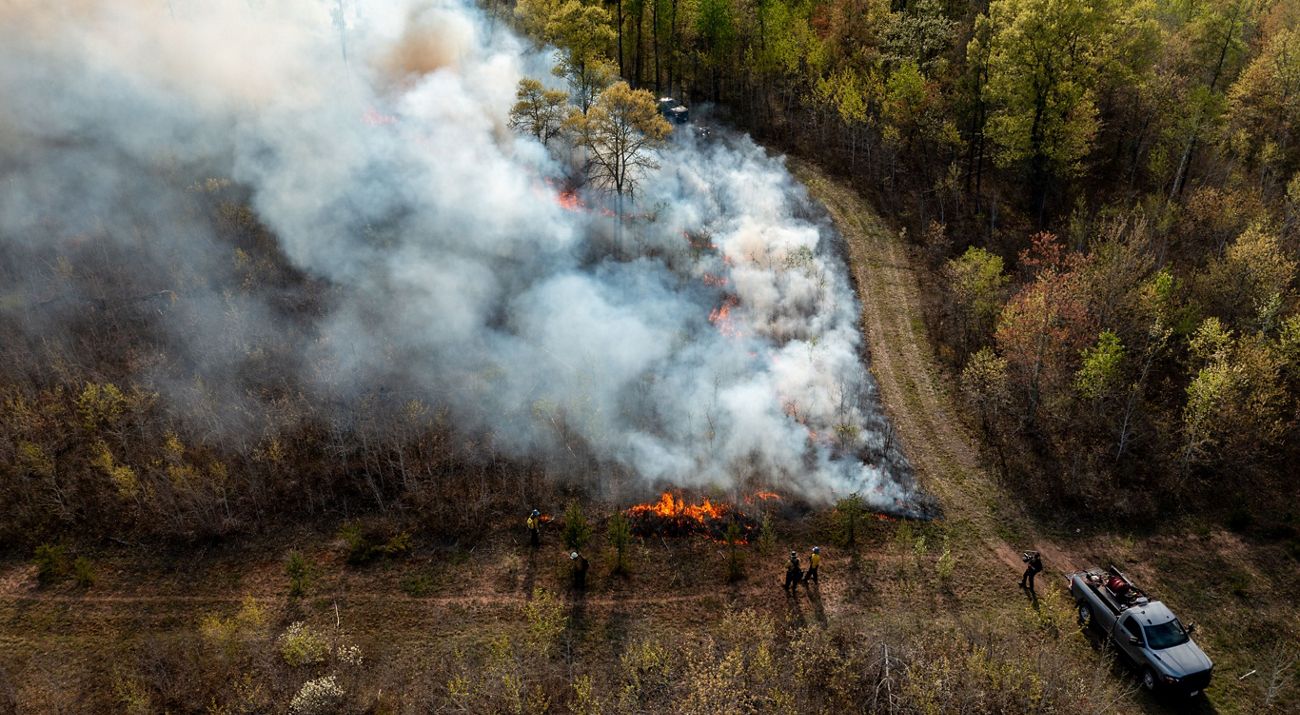
On one of the first warm spring days in mid-May 2025, hundreds of firefighters from around the region descended on northeastern Minnesota, while overhead, helicopters carrying enormous buckets of water flew toward a plume of smoke. The Camp House Fire, just west of Silver Bay, had increased from 1,200 acres to nearly 12,000 overnight.
It was just one of three large wildfires burning across Minnesota’s Arrowhead region simultaneously. The blazes destroyed dozens of homes and cabins in their wakes.
The Camp House fire was likely caused by an unattended campfire, but the reality is, these woods were going to burn someday. Fire is a natural part of Northwoods ecology, it actually once helped this ecosystem thrive, and it needs to continue to be a part of the Northwoods if we want healthy forests today and in the future.
Prior to fire suppression policies implemented by the U.S. government, the Anishinaabe and other native nations used controlled burns to grow food and promote ecological balance in the region. Centuries of small, low-intensity burns cleared the forest understory and encouraged the growth of trees like red pine, creating a rich habitat for animals like bobcats, black bears, deer and songbirds.


I know that on the surface, fire in the forest sounds like a bad thing, especially in Minnesota, where we regularly endure air quality alerts from wildfire pollution and witness fires that devastate the places we love.
I don’t want to invalidate our instinct to put out fire. Across this warming, drying world, we’re seeing more wildfires and the devastating loss of life, nature and property that accompanies them. Of course, we want to stop those catastrophes before they start.
But what if we could take back some control? What if we accept that someday the forest will burn, but we get to decide when that will be? That’s where prescribed fire comes in.
Decades of suppression
From the early 1900s to the 1960s, the prevailing strategy among land management agencies was to prevent or put out all fire, in any forest, as soon as possible. The absence of fire during that time upset the balance of our northern forests.
We Can’t Save Nature Without You
Sign up for updates from The Nature Conservancy in Minnesota.
As a result, today, many forest stands are tinderboxes, increasing the risk of wildfire. For example, thousands of dead balsam fir, killed by an outbreak of spruce budworm, help fire spread quickly out of control as it travels up the canopy and across the dry landscape.
The risk is greatest in the Arrowhead region as shown on this wildfire risk map from the Minnesota Department of Natural Resources.
In Minnesota, we treasure our forests of old white pine and rare stands of ancient red. Outdoor tourism draws hundreds of thousands “up North” every year, and about 325,000 people call the Arrowhead home. If we want to return our forests to a healthy state and reduce the risk of catastrophic wildfire, we must bring back controlled fire as a tool, and we must do it now.
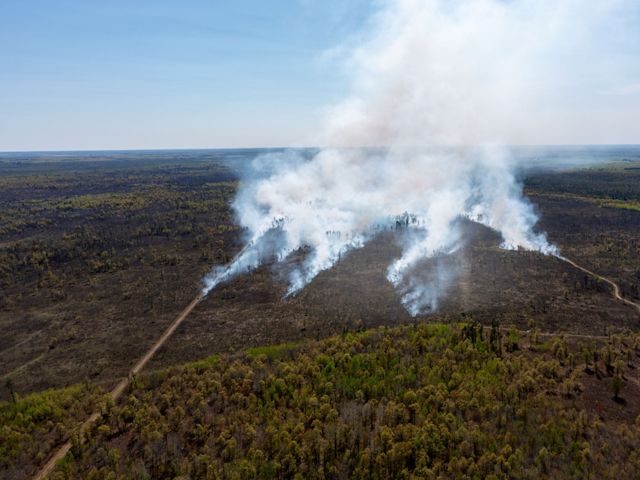
Bringing back ‘good fire’
When lightning struck in the Superior National Forest in August 2021, it started a blaze that would burn more than 26,000 acres. The Greenwood Fire destroyed 70 structures, including homes and cabins. But some were almost certainly spared when the fire hit a patch of forest that had recently been cleared of much of its dry, dead fuel thanks to a prescribed fire. If we use it properly, fire can be one of the best ways to protect communities.
At The Nature Conservancy, we’re part of a movement to return good fire to the forests, learning and implementing practices developed by Indigenous Peoples and backed by science. We’re working alongside native nations, other conservation groups, government agencies and private landowners to expand the use of fire as a tool in the Northwoods. We’re helping landowners understand the benefits of controlled fire in Minnesota’s forests, teaching controlled burn classes with partners, conducting controlled burns on our own forested preserves and assisting partners with burns on their lands. We’re also using controlled burns alongside mechanical treatments, ecologically based timber harvest and other management techniques that help improve forest resiliency.
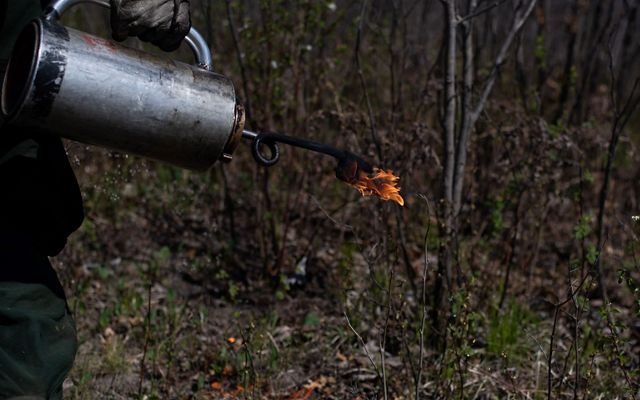
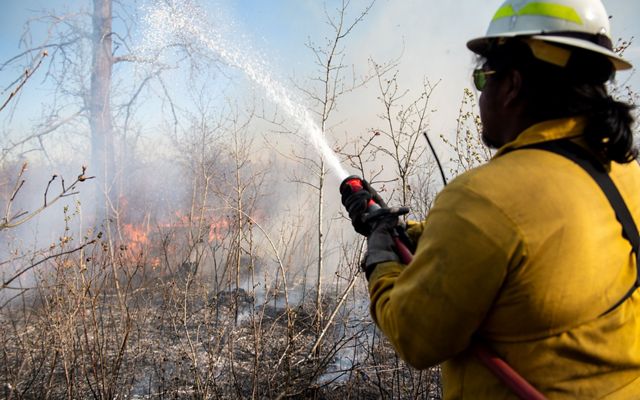
North America is facing mounting costs and harms from wildfires, including property destruction, deaths, increasing firefighting expenses and health impacts from smoke. Science has helped us learn what Indigenous Peoples have known all along—fire suppression policies were a mistake. More frequent, less intense controlled burns are healthier, an act of care for the land and an investment in the future of our forests.
Restoring our Northwoods will take time and effort, but we know it’s possible. With traditional ecological knowledge, robust science and strong partnerships on our side, we can safeguard our forests for the future.


